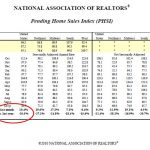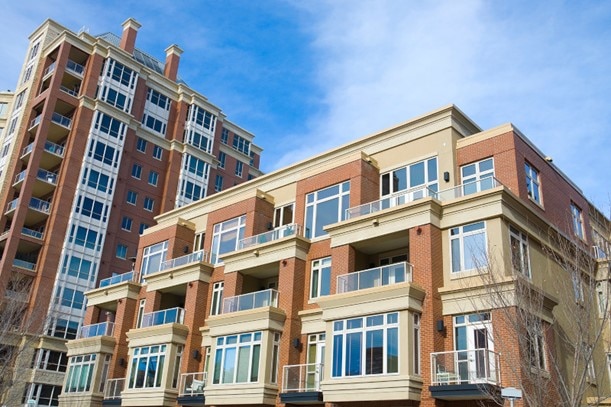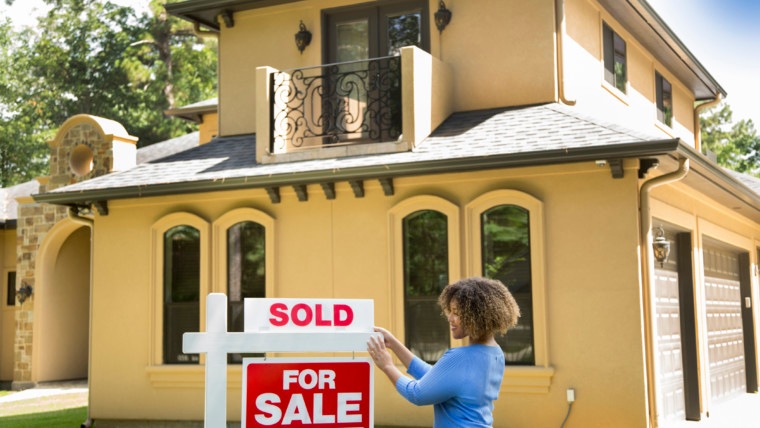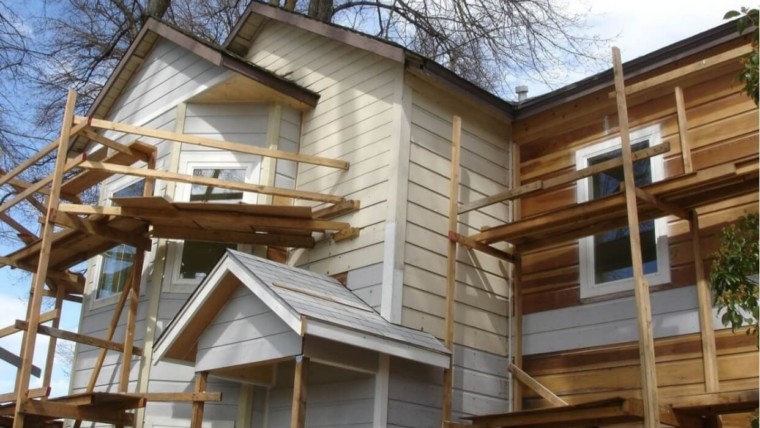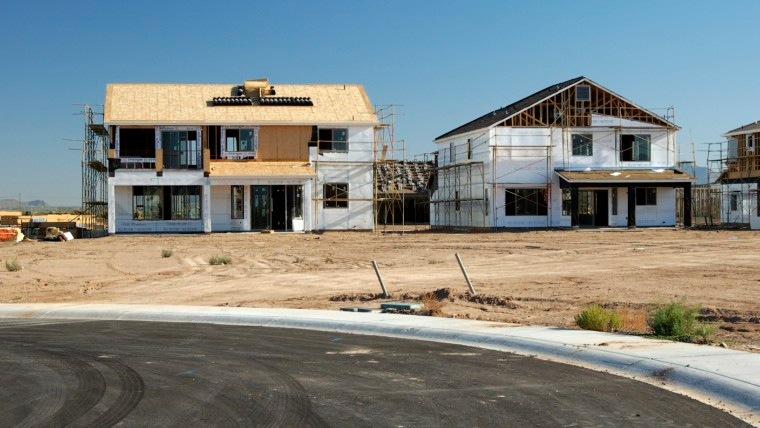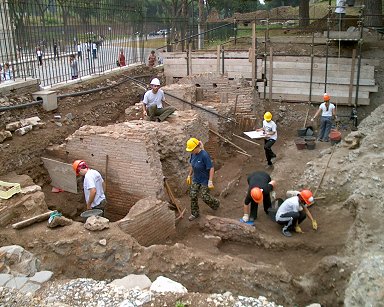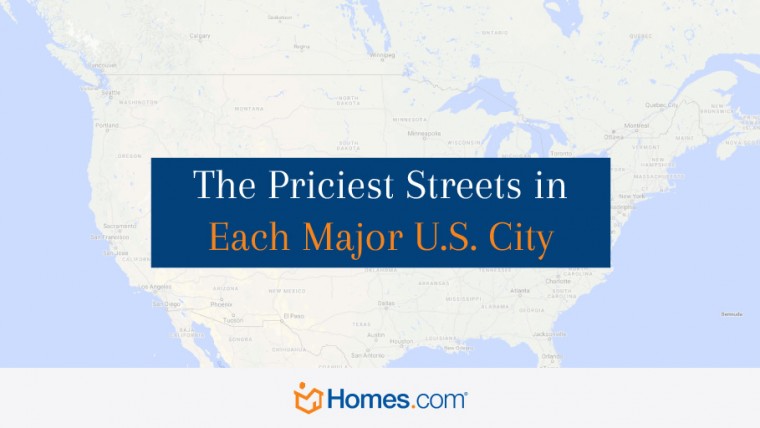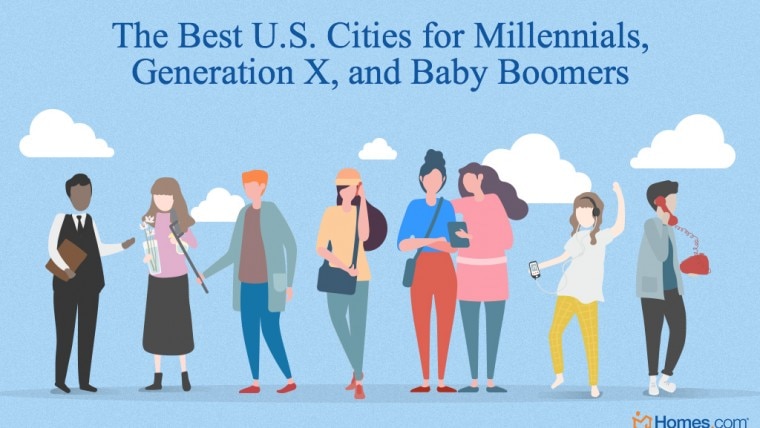
American demographics are rapidly shifting. The baby boomers are about to make their presence felt in a major way, but there is a question looming — can they afford to retire?
There were a total of 76 million births in the United States from 1946 to 1964, the nearly 20 year period commonly referred to as the “Baby Boom.” The children of that generation, the “baby boomers,” are poised to take center stage in American culture as the largest age demographic in the US. Of the 76 million baby boomers born, nearly 11 million had died by 2012, leaving some 65.2 million survivors. However when immigrants are included, the number grows to an estimated 76.4 million.
Projections of the entire “Boomer+” population (which includes the pre-baby-boom cohorts born before 1946) suggest that 70 million people will be 65 or older by 2025. That is a lot of Americans facing their retirement years. Many entered the workforce decades ago expecting to survive as their parents did, with social security payouts and employer sponsored pensions earned from years of hard work.
Unfortunately, the economics behind retirement planning changed during their lifetime. The pensions disappeared and the future of social security is in question. Millions of baby boomers across the US have a big question: “What are we going to do?”
For many boomers, their home, despite the recent adjustment, is still one of their largest assets. Many purchased their home with a retirement future in mind. They don’t want to downsize and move, yet they have growing concern on how they’ll make ends meet. Enter the reverse mortgage. Sometimes maligned, the reverse mortgage can be an extremely valuable retirement planning tool for the right home-owner.
The qualifications required to obtain a reverse mortgage are fairly straight forward. In general, you must be at least 62 years of age and occupy the home as your principal residence in order to qualify for a reverse mortgage. You must own your home outright or have a minimal mortgage balance that you can pay off with proceeds from the loan. For most federally insured reverse mortgages, your home must be a single-family home or a two- to four-unit property that you own and occupy.
How much cash you can receive depends on several factors, including your age, where your house is located, and what it’s worth. You can choose to receive the cash in a lump-sum advance, a credit line account, or an annuity-like fixed monthly payment. There are no medical, credit, or income requirements other than showing your reverse mortgage lender that you can maintain payments on your property taxes, homeowners insurance, and general property maintenance.
In most cases, the loan doesn’t have to be paid back until the last surviving borrower dies, sells the home, or permanently moves out. Your home is yours, and you get to stay there as long as you want to stay.
Taking out a reverse mortgage is still a very big decision though, and one that should be weighed carefully once you are perfectly comfortable with the nuances of how the loan works. It also goes without saying that thorough review of the pros and cons should also include immediate family.
Amazon.com Best-selling author, Shashank Shekhar (NMLS 8176) is a mortgage lender with Arcus Lending, offering loans for home purchase and refinance. Shashank has been featured as a mortgage expert on Yahoo! News, ABC, CBS, NBC and FOX. He has been named "Top 40 under 40" most influential mortgage professionals in the country.

